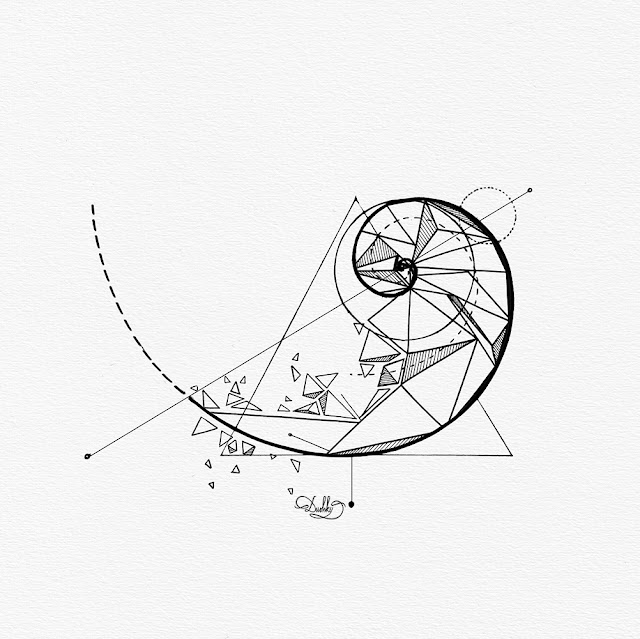chromatic - a colourful tutorial
These are some chromatic exercises I made during college in my painting class. Today I'll talk a bit more about colours, because I love them and maybe I can teach you a bit about them.
The first three ones express Kandinsky's principle of colours and shapes. He stated that each one of the major geometric shapes is associated with one of the primary colours, therefore the circle is blue, the square is red and the triangle is yellow. Now there is a longer version of this story in which he explains how every shape and it's associated colour has different properties physical and psychological influences and resembles to different things in life. There are two compositions for each concept because one is static and one dynamic. For those that don't know, the static principle is composed by straight lines, closed composition and darker colours, whereas the dynamic one, by curved lines, open composition and lighter colours. My compositions are on the edge because they are so full and over decorative.
tempera on paper 21 x 21 cm
The painting below is about the seven types of contrasts between colours put together in seven geometric compositions. They are (in order from left to right, up-down) :
- the chiaroscuro or light and shade contrast
- the quality contrast (when one pure colour is stirred)
- the colour it self contrast (the colour comes straight out of the tube, no combinations)
- the complementary contrast
- warm and cold contrast (dark and light colours)
- the simultaneous contrast (coloured greys have their complementary colour next to them
- the quantity contrast (with one colour dominant)
The next painting is somewhat the same thing with the previous one, but there are three compositions for each complementary contrast put in a geometric composition. The complementary contrasts are: red-green, blue-orange, yellow-violet. How do you know which colour belongs to the other? Simple. There are three main colours: red, blue and yellow. When you combine red with blue you get violet, blue with yellow equals green and red with yellow, orange. The complementary colour for each main colour is the one that results from the combination of the two remaining, for example: for blue, the remaining colours from the main palette are yellow and red, the combination between them is orange, therefor the complementary colour for blue is orange. And this principle goes for the other two as well.
Next are two compositions of the complementary contrasts, each one with two small compositions in which one of the colours from the contrasts is dominant. The first painting has 80% black in every colour and the second one has 80% white, giving these different shades of the colours themselves.
And this is a still life painting made from seven small paintings based on the seven contrast principle I talked about earlier. The objects are positioned a bit different because I tried to take them from different points of view.











Comments
Post a Comment